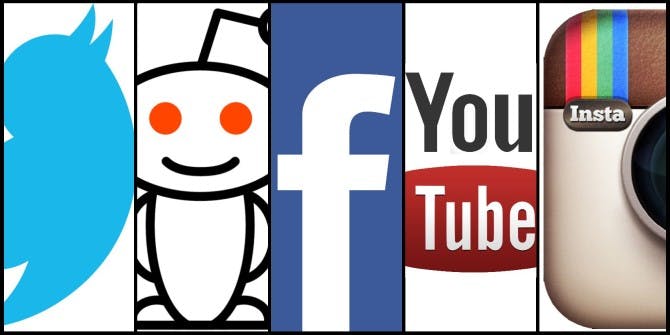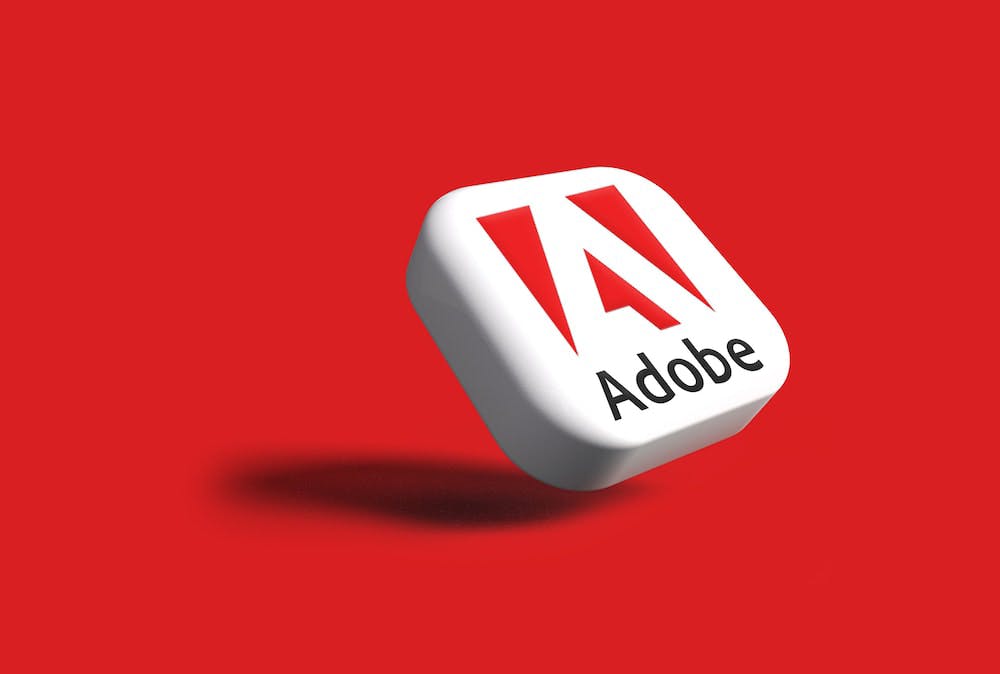If you haven't heard here's Adobe's new pricing format: http://www.adobe.com/misc/subscription_terms.html
At our heart what we do is development and design. We offer a range of other services like branding, double backflips, social media, and online marketing, but the heart of our company, our foundation, has always been development and design.
So, with Adobe’s decision to move to a subscription over a single software purchase it affects us pretty directly. We’re talking an entire office worth of computers, all running versions of Adobe CS6 and some with After Effects and Premiere.
We’re not going to jump to conclusions here; it’s totally possible that this new payment plan will ease the steep entry barrier for smaller outfits, and independent designers. It may help reduce the heavy burden of flat costs to upgrade an entire office at once. It may also be nice to have access to cloud storage, and to never worry about having to purchase a new package.
But the down side is still glaring. When we were still a small company over ten years ago, just starting out, we’d often divide that money between things we needed, often times planning ahead because many industries can sometimes be feast and famine. While we had some residuals, and some long term clients, a majority of our work was single projects. That meant that a big purchase, like Adobe software, could run upwards of $1,200 per office computer, which is something we could handle back in our infancy, but only with planning, and only after a big project wraps. So we feel for companies that went through the same growing pains we did.
Although this new payment strategy offers a much lighter blow on the pocket, it spreads its cost out to when some companies might not be so happy to pay what would amount to additional money on the books that could interfere with cash flow. It might not amount to a lot, but it’s still added to a stack of bills that can be daunting for some companies between projects.
Worst case scenario out of the way, there are a lot of positives. A lower entry cost will mean a lot less pirating, allowing Adobe to reduce costs across the board (if they’re smart). It also does relieve some of the dent new software costs, allowing many agencies to make upgrades office wide, rather than a few at a time based on need, which was our strategy over a decade ago.
Ultimately Adobe calls the shots, and the consumers really aren’t in a position to complain. Adobe software is too mandatory to our field, and until other software catches up (GIMP or Corel) we’re stuck with it. That’s not a bad thing, Adobe has always given us great software (Macromedia purchase being one stumbling block), but It’s important to us that as a small business we have control over our cash flow and our software. So, even if this ends up being better for Adobe and consumers there’s always going to be a little bit of resentment over taking the decision away from the consumers.
Although the change in cost may not affect us, especially with the severity of fledgling web agencies, it’s still something we need to take into account on our residual costs. It’s important for the purpose of solidarity with other agencies—from the smallest to the largest—that we all know exactly where finances are, and where money’s being spent month to month. We’re lucky that we’ve overcome the high hurdles of the necessities like computers and software that are needed to get into the business, but it still makes us apprehensive, especially when we look to the future of what other software might change to subscription, and what effects that may have on the industry.
That’s my two cents anyway, or .05 cents over the next four months.


